-
Posts
6,993 -
Joined
-
Last visited
-
Days Won
53
About red750
- Birthday 22/10/1944
Information
-
Aircraft
Former Pilot - PA-28, B23, B35
-
Location
Vermont Victoria
-
Country
Australia
Recent Profile Visitors
6,572 profile views
red750's Achievements

Well-known member (3/3)
-
A winglet eclipse.
-
-
https://fb.watch/rBAP47Vn9O/
-
The Cirrus VK-30 is a single-engine pusher-propeller homebuilt aircraft originally sold as a kit by Cirrus Design (now Cirrus Aircraft), and was the company's first model, introduced in 1987. As a kit aircraft, the VK-30 is a relatively obscure design with few completed aircraft flying. Its most important legacy is that the work done on developing and marketing the aircraft convinced the designers, the Klapmeier brothers, that the best way to proceed in the future was with a more conventional layout and with a certified production aircraft. Thus the lessons of the VK-30 were directly responsible for the design of the Cirrus SR20 and SR22, which have been the best-selling general aviation airplanes in the world every year since 2003. The VK-30 also served as a significant inspiration for the creation of the company's latest aircraft, the Cirrus Vision Jet, which in 2018 won the Collier Trophy for becoming the first single-engine personal jet with a whole-plane parachute recovery system. The VK-30 design was conceived in the early 1980s as a kit plane project by three Wisconsin college students: Alan Klapmeier and Jeff Viken from Ripon College, and Alan's brother, Dale Klapmeier, who was attending the University of Wisconsin–Stevens Point. Together after college, in the Klapmeier brothers' parents' dairy barn in rural Sauk County, Wisconsin, they formed Cirrus Design in 1984 as the company to produce the VK-30 ("VK" standing for Viken-Klapmeier). Jeff's wife, Sally Viken, designed the aircraft's flap system. During the kit's early developmental phase, the Klapmeiers and Vikens sought frequent help and advice from homebuilt innovator Molt Taylor, who specialized in pusher configurations dating back to the 1940s. The aircraft has an all-composite construction and was designed to achieve natural laminar flow over the fuselage, wing and tail surfaces to provide for very low drag—using a NASA NLF(1)-0414F airfoil designed by Jeff Viken. The original prototype incorporated scrapped parts from production aircraft out of junkyards the Klapmeier brothers visited in order to reduce cost, including both a control system and nose landing gear from a Piper Cherokee (welding parts onto it to convert it to a retractable gear), as well as an O-540 (290 hp) engine off a wrecked de Havilland Heron. The VK-30 was designed to be a five-seat aircraft from the start, which made it considerably larger than most other amateur-built aircraft of its day. It incorporated a mid-engine design, driving a three-bladed pusher propeller behind the tail through an extension shaft. The powerplant in later models was a Continental IO-550-G piston engine developing 300 hp (224 kW). The VK-30 was introduced at the 1987 EAA AirVenture Oshkosh convention in Oshkosh, Wisconsin, and first flew on 11 February 1988. Kit deliveries commenced shortly thereafter. In the late 1980s, the Klapmeier brothers approached jet engine manufacturer Williams International about the possibility of installing a small, single Williams FJ44 turbofan engine on the VK-30. The idea never materialized at that time, however, it significantly inspired the original design concept of the Vision Jet in the mid-2000s. Cirrus discontinued production of the aircraft in 1993, and in 1996, announced plans to develop a stronger replacement wing for about 28 VK-30s supplied to past customers. Cirrus delivered about 40 kits, and built four additional factory prototypes. The company estimated that there were 13 customer VK-30s completed. As of 11 February 2018, four were still registered with the Federal Aviation Administration in the US, although at one time a total of 12 had been registered. Variants Cirrus/Israviation ST50 The VK-30 was the predecessor of the Cirrus ST50, which had an almost-identical configuration to the VK-30, but included a larger ventral fin on the tail of the aircraft, a slightly larger fuselage, and was powered by a Pratt & Whitney Canada PT6-135 turboprop engine in place of the piston engine used in the VK-30. Cirrus designed and initially developed the aircraft under contract to an Israeli aircraft manufacturer named Israviation, and first flew it in Duluth, Minnesota in 1994. Isravation attempted to certify and market the ST50 in the proceeding years but it never entered production by the company.
-
This is not my last flight, it's a post I picked up from Facebook, but I thought some of the points may be of interest. "I am a pilot. Flying is in my blood. I decided at 39 years old to quit my corporate America office job and learn how to fly. Here in the US, if you dream of working as an airline pilot, you have to accumulate at least 1500 hours of total flight time. How you go about this doesn’t really matter. In order to supplement the hours one gets during training and working entry level jobs, lots of pilots in the US supplement their total hours by flying cross country flights on their own dime. I took this photo while flying such a flight from Chicago to Clinton, Iowa today. There is nothing duller than flying across the flat plains of the US. It’s completely flat and completely empty… yet it’s shockingly humbling. I’ve done this exact flight a number of times and I’m always humbled by it. Humbled by the expansiveness of the region, the emptiness, and how the diurnal heating of the ground can toss an airplane around even at 6500ft. I’m also humbled by the kindness of the air traffic controllers that are almost 100 miles away from me, yet take responsibility of my safety like I’m one of their own kids. They want to make sure that I get home safe to my wife and dogs at the end of a completely pointless flight. The kindness exchanged between pilots and other pilots, pilots and controllers, and pilots and airports in this region are unparalleled. I landed at an airport today that had a couch, a chair, personal hygiene products, wifi, bathroom and even a car to use completely free of charge, no questions asked, without any staff members present. The final frontier of trust as far as I’m concerned. I’m so lucky to live in a place where all of this is possible and to have a life where chasing a dream isn’t out of reach. Being dull isn’t a negative… I find it to be quite the opposite. It gives me the canvas I need to paint the future that I want. I hope this dull photo can inspire you as well. Your future is what you want to make of it."
-
The Flylab Tucano (English: Toucan) is an Italian ultralight aircraft, produced by Flylab, of Ischitella. The aircraft is supplied as a kit for amateur construction or as a complete ready-to-fly-aircraft. The aircraft was produced in the 1990s by Ferrari ULM of Castelbaldo. The Tucano is a derivative of the Chotia Weedhopper and was designed to comply with the Fédération Aéronautique Internationale microlight rules with the design goal of being a low-cost aircraft. It features a strut-braced parasol wing, a two-seats-in-side-by-side configuration enclosed or open cockpit, fixed tricycle landing gear or floats and a single engine in pusher configuration or on some models twin engines in centreline thrust arrangement. The aircraft is made from bolted-together aluminum tubing, with its flying surfaces covered in Dacron sailcloth. Its 10.17 m (33.4 ft) span wing has an area of 17 m2 (180 sq ft) and is supported by V-struts and jury struts. There is a cabane strut that passes through the windshield and cockpit area. The aircraft is built around a central bent aluminum keel tube that runs from the cockpit to the tail. Controls are standard three-axis type. Standard engines available are the 50 hp (37 kW) Rotax 503 and 64 hp (48 kW) Rotax 582 two-stroke powerplants. The fuel tank is of plastic construction, mounted under the pusher engine. The Tucano V has a glide ratio of 11:1. Variants Tucano Base model with Rotax 582 powerplant. Tucano V (Specificationns below) Improved model, with aerodynamic clean-ups and enclosed cockpit Tucano HV A Tucano V mounted on floats (hydro). Tucano Delta3 Open cockpit model powered by a Rotax 503 Tucano HD3 Float-equipped model based on the Tucano Delta3, powered by a Rotax 503 Tucano HD3A Amphibious float-equipped model based on the Tucano HD3, powered by a Rotax 503 Tucano Delta3 TW Twin-engined (TW) version with Rotax 582 engines mounted in the nose and aft of the cockpit, based on the Tucano Delta3 Tucano Delta3 VTW Twin-engined version with Rotax 582 engines mounted in the nose and aft of the cockpit, with the Tucano V aerodynamic and cockpit refinements Tucano X2 Twin-engined version with Rotax 582 engines mounted in the nose and aft of the cockpit, produced in the 1990s by Ferrari ULM.
-
The Sukhoi S-70 Okhotnik-B (Russian: Сухой С-70 "Охотник", lit. 'Hunter'), also referred to as Hunter-B, is a Russian stealth heavy unmanned combat aerial vehicle (UCAV) being developed by Sukhoi and Russian Aircraft Corporation MiG as a sixth-generation aircraft project. The drone is based on the earlier Mikoyan Skat, designed by MiG, and encompassing some technologies of the fifth-generation Sukhoi Su-57 fighter jet. In the future, it is planned to act under the control of pilots of Su-57 jets, similarly to the USAF Skyborg programme. The Okhotnik's design is based on the flying-wing scheme and incorporates use of composite materials and stealth coatings, making the drone low-observable in flight. It has a weight of about 20 tons and a wingspan around 65 feet (20 m). The drone is powered either by a single AL-31F turbofan, as used on the Sukhoi Su-27 fighter aircraft, or by the improved AL-41F derivative installed on Su-35S fighters and Su-57 prototypes. Although the first prototype's exhaust nozzle was conventional and could increase the drone's radar signature, future upgrade could see improved exhaust as well as engine inlet as shown by a mock up at the 2019 MAKS International Aviation and Space Salon. The maximum speed of the drone is reportedly 1,000 km/h while carrying its payload internally. It is likely the Okhotnik was designed to act as a "loyal wingman" controlled by the Su-57. The aircraft bears some visual resemblance to RQ-170. It is speculated that the Russian engineers could have had access to the one that was captured by Iranians, but similar design of flying-wing Mikoyan Skat was in development since 2005 and Okhotnik is a further development by Sukhoi of the former MiG design. The second prototype received a flat jet nozzle. Under development, two prototypes built.
-
The Airbus Helicopters H145 (formerly Eurocopter EC145) is a twin-engine light utility helicopter developed and manufactured by Airbus Helicopters. Originally designated as the BK 117, the H145 is based upon the MBB/Kawasaki BK 117 C1, which became a part of the combined Eurocopter line-up in 1992 with the merger of Messerschmitt-Bölkow-Blohm's helicopter division of Daimler-Benz into Eurocopter. The helicopter was earlier named EC145; an updated version, EC145 T2, was renamed H145 in 2015. The H145 is a twin-engine aircraft and can carry up to nine passengers along with two crew, depending on customer configuration. The helicopter is marketed for passenger transport, corporate transport, emergency medical services (EMS), search and rescue, parapublic and utility roles. Military variants of the helicopter have also been produced under various designations, such as H145M or UH-72, and have been used for training, logistics, medical evacuation, reconnaissance, light attack, and troop-transport operations. The EC145 was a joint development between Messerschmitt-Bölkow-Blohm, subsequently Eurocopter and Kawasaki Heavy Industries on the basis of their successful prior jointly produced BK 117 C1. Rather than pursuing an entirely clean sheet design, the forward cockpit and modern avionics of Eurocopter's EC 135 were adopted in combination with the proven BK 117's rear section; Flight International described the new helicopter, originally designed as BK 117 C2, as being "90% a combination of these two aircraft [The EC135 and BK 117 C1]". However, there were significant areas of redesign, advantages held by the EC145 over its predecessor include possessing a greater range and payload capacity, a considerably increased and uninterrupted cabin area, reduced vibration and noise emissions, and measures to simplify maintenance and minimise operational costs. The noise signature of the EC145 is reportedly 60% lower than that of the BK 117 C1. The new model was type-certificated as the BK 117 C2; in December 1997, it was selected by the French Defense and Civil Guard for air rescue mission, 31 EC145s were ordered to replace their fleet of ageing Aérospatiale Alouette III in a deal costing $170 million. The first EC145 completed its maiden flight at Donauwörth, Germany, on 12 June 1999; Eurocopter conducted a major publicity event for the emerging type at the US Helicopter Association International Show in February 2000. Safety certification of the EC145 was awarded by the German Luftfahrt-Bundesamt[8] and Japanese Civil Aviation Bureau[citation needed] in December 2000; and by the United States Federal Aviation Administration (FAA) in January 2002. The EC145 features a larger cabin space than the older BK 117 C1 helicopter with internal space increased by 46 cm (18 in) in length and 13 cm (5 in) in width, increasing cabin volume by 1.0 m3 (35 cu ft) to 6.0 m3 (210 cu ft). Other improvements over the BK 117 include an increased maximum take-off weight and greater range, achieved partially by the adoption of composite rotor blades, which were derived from the smaller EC135. The EC145 has a hingeless rotor system with a monolithic titanium hub; the helicopter was originally powered by a pair of Turboméca Arriel 1E2 turboshaft engines, later aircraft are powered by the upgraded Turboméca Arriel 2E engine. A key feature of the rotorcraft is the variable rotorspeed and torque matching system (VARTOMS), derived from the BK 117, which Eurocopter has attributed as making the EC145 "the quietest helicopter in its class". The EC145 is fitted with an all-glass cockpit, consists of a Thales Avionics MEGHAS Flight Control Display System with active matrix liquid crystal displays (LCDs); it can be piloted by either one or two pilots. A number of systems are independently redundant, including the autopilot system, hydraulic boost, transmission lubrication, and some of the onboard sensors. The EC145 T2 features additional and newer avionics systems, such as a full 4-axis autopilot and dual-channel Full Authority Digital Engine Control (FADEC); three large LCD primary displays were also introduced to control these systems. The type is fully capable of Category A operations; in November 2008, an EC145 performed the first medical transport flights under instrument flight rules (IFR) in Europe; the type is able to fly entirely under GPS navigation from takeoff to final approach when required. The EC145 is also the first civil helicopter to be fitted with night vision-compatible cockpit instrumentation and lighting straight off the production line. Typical cabin arrangements allows for eight passengers in a club seating configuration, or nine passengers in a high density seating configuration, passenger seating is designed for quick rearrangement based upon current demands. The cabin can be accessed either through sliding doors in either side of the aircraft or via large clamshell doors at the rear of the cabin; in combination with the high mounted tail boom, the clamshell doors are designed to provide safe clearance for loading and unloading activities even while the rotors are turning. In an EMS/casualty evacuation arrangement, the EC145 can carry up to two stretchered patients with three accompanying medical staff. The helicopter can be fitted with emergency floats, rescue hoist, search light, load hook and specialist equipment for other operational requirements. For more details of development and design, operational history and variants, click here.
-
The Luscombe Phantom was a 1930s American two-seat cabin monoplane and the first product of the Luscombe Aircraft Engineering Company. Donald A. Luscombe formed the Luscombe Aircraft Engineering Company in 1933 at Kansas City, Missouri. The Phantom or Model 1 was the first aircraft built by the company, and first flew in 1934. It was a high-wing braced monoplane with conventional fixed tail-wheel landing gear, and was powered by a nose-mounted 145 hp (108 kW) Warner Super Scarab radial engine. The fully enclosed engine cowling, with individual air vents for each cylinder, was unusual for a US radial engine light aircraft. Apart from the fabric wing surfaces, the aircraft was all-metal, and had a luxury interior with two side-by-side seats in an enclosed cabin. All compound curves were formed by one employee, Nick Nordyke. As a luxury aircraft, it failed to sell in the economical climate of 1930s America, and the company went on to develop cheaper and simpler aircraft.
-
The e-Go Aeroplanes e-Go, originally known as the E-Plane, is a British ultralight and light-sport aircraft that was designed by Giotto Castelli, that was being developed by e-Go Aeroplanes of Cambridge and since May 2017, by GioCAS Aeronautical Consultancy, also located in Cambridge. The aircraft won the Light Aircraft Association's design competition in 2007. It was first flown on 24 October 2013, with the first public flight-test and demonstration on 30 October 2013.[ The aircraft was initially to be supplied as a complete ready-to-fly-aircraft. Production plans for the design were suspended and staff laid off in November 2016 as e-Go Aeroplanes was unable to raise capital in the wake of the British Brexit vote. The aircraft program was acquired by the designer, Castelli, in May 2017, with the aim of bringing it to production. Status is listed as awaiting construction. The aircraft was designed to comply with the United Kingdom single-seat deregulated microlight class, as well as to comply with the Fédération Aéronautique Internationale microlight rules. The aircraft cruise speed is planned to be modified for US light-sport aircraft rules. It features a cantilever mid wing, a canard foreplane, a single-seat enclosed cockpit, fixed tricycle landing gear and a pusher engine and propeller. This follows the configuration established by the Rutan VariViggen and VariEze. The single engine is a Rotron Wankel engine based on Rotron's RT300 LCR engine which is intended for drones. The aircraft is made from a combination of carbon fibre and foam. Its 8 m (26.2 ft) span wing has an area of 11.5 m2 (124 sq ft). The standard engine will be a 22 kW (30 hp) rotary engine, which is expected to give a cruise speed of 100 kn (185 km/h; 115 mph) on 3.5 L (0.8 imp gal; 0.9 US gal) per 100 km (62 mi). During 2016, e-Go Aeroplanes announced that full production would not proceed without further financial input, "an investment memorandum for a third round of funding was issued and distributed in July this year ... shareholder interest generated was insufficient, coupled with the unsure financial market following Brexit. The Board made the very difficult decision to make all staff positions redundant." In November 2016, e-Go Aeroplanes's operation was mothballed, and "overseen by Chief Operating Officer, Richard Clabon and the General Manager David Boughey". The company website stated that it was still looking for a buyer but the company went into administration in the spring of 2017. In May 2017 the assets of e-Go Aeroplanes were acquired by the aircraft's designer, Giotto Castelli, indicating that he would pursue production under his company, GioCAS Aeronautical Consultancy.
-
The Consolidated PB4Y-2 Privateer is an American World War II and Korean War era patrol bomber of the United States Navy derived from the Consolidated B-24 Liberator. The Navy had been using B-24s with only minor modifications as the PB4Y-1 Liberator, and along with maritime patrol Liberators used by RAF Coastal Command this type of patrol plane was proven successful. A fully navalised design was desired, and Consolidated developed a dedicated long-range patrol bomber in 1943, designated PB4Y-2 Privateer. In 1951, the type was redesignated P4Y-2 Privateer. A further designation change occurred in September 1962, when the remaining Navy Privateers (all having previously been converted to drone configuration as P4Y-2K) were redesignated QP-4B. The Privateer was externally similar to the Liberator, but the fuselage was longer to accommodate a flight engineer's station, and it had a tall single vertical stabilizer rather than the B-24's twin tail configuration. The Navy wanted a flight engineer crewmember to reduce pilot fatigue on long duration over water patrols. The single vertical tail was adopted from the USAAF's canceled B-24N design (and was slightly taller on the Privateer) because it would increase stability at low to medium altitudes for maritime patrol. The Ford Motor Company, which produced B-24s for the United States Army Air Forces, had earlier built an experimental variant (B-24K) using a single tail. Aircraft handling was improved. The single tail design was used on the B-32 Dominator and PB4Y-2 and was slated for the US Army Air Forces' proposed B-24N production model to be built by Ford, but that order (for several thousand bombers) was canceled on 31 May 1945. Defensive armament on the PB4Y-2 was increased to twelve .50-in (12.7 mm) M2 Browning machine guns in six power-operated turrets (two dorsal, two waist, nose and tail); the B-24's ventral, retractable Sperry ball turret was omitted. Turbosuperchargers were not fitted to the Privateer's engines since maritime patrol missions were not usually flown at high altitude, improving performance and also saving weight. For more details on development and operational history, click here. Variants. YPB4Y-2 prototypes, three built. PB4Y-2 (Specifications below) main production version, 736 built. PB4Y-2B PB4Y-2s equipped to launch ASM-N-2 Bat air-to-surface missiles. Redesignated P4Y-2B in 1951. PB4Y-2M PB4Y-2s converted for weather reconnaissance. Redesignated P4Y-2M in 1951. PB4Y-2S PB4Y-2s equipped with anti-submarine radar. Redesignated P4Y-2S in 1951. PB4Y-2G PB4Y-2s converted for air-sea rescue and weather reconnaissance duties with the U.S. Coast Guard. Redesignated P4Y-2G in 1951. PB4Y-2K PB4Y-2s converted to target drones. Redesignated P4Y-2K in 1951 and QP-4B in 1962.
-
until
Any photos/vids?



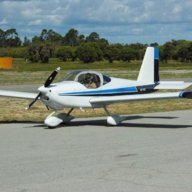

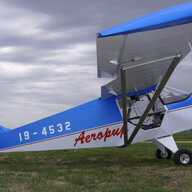


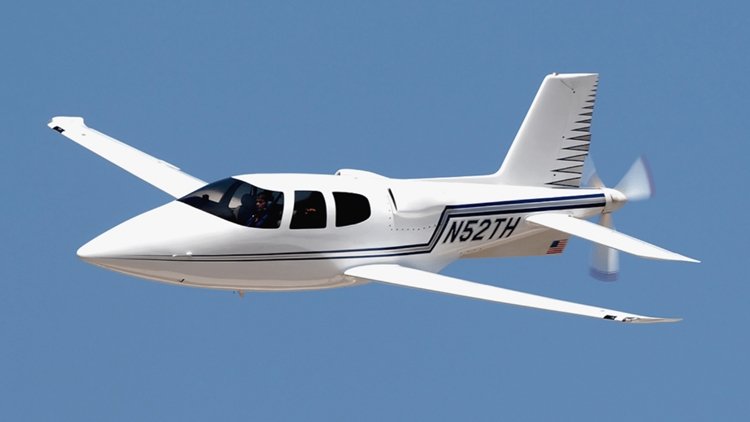



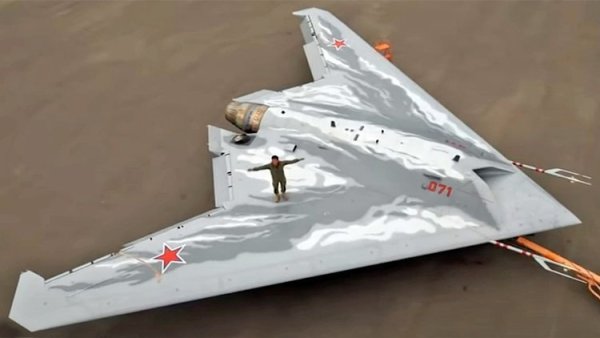
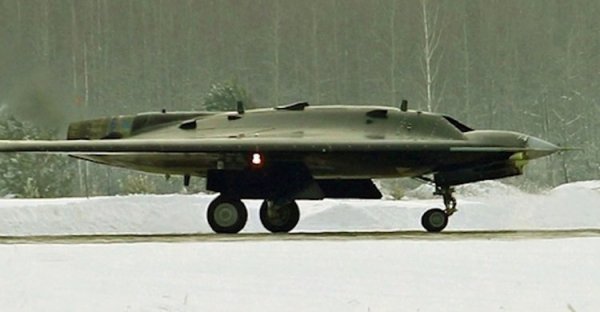
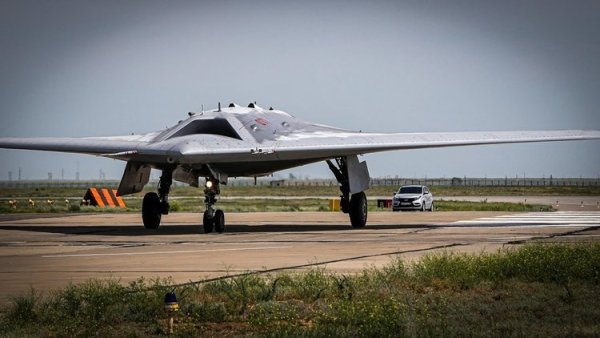
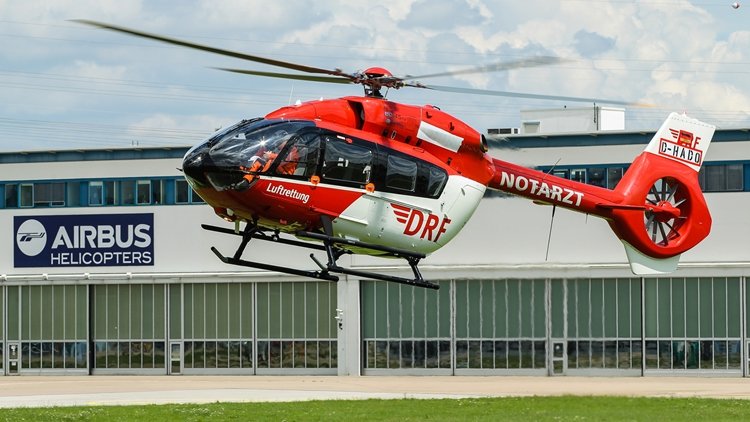
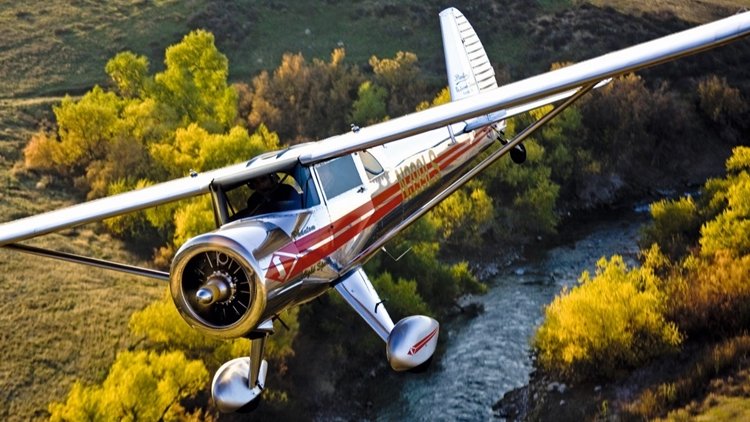
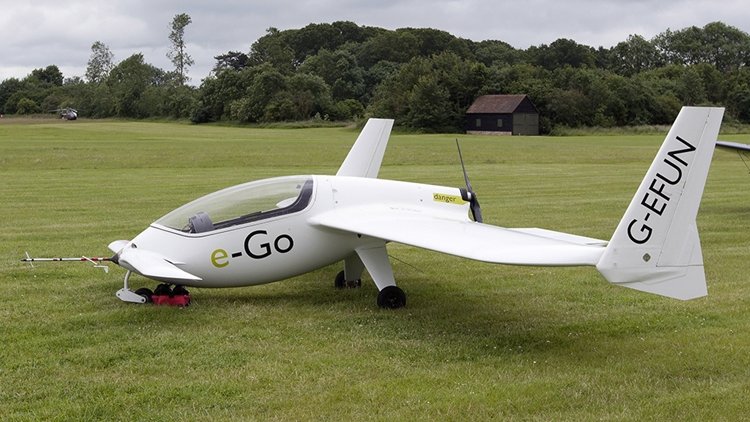
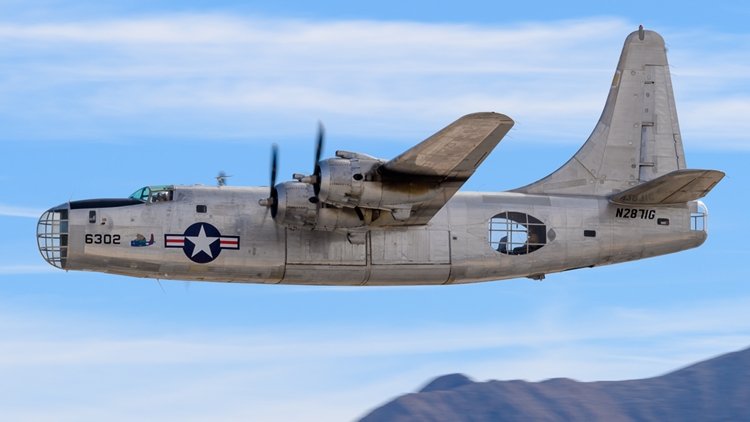
until